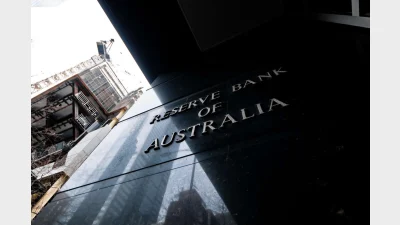APRA concern on big group mandates




The Australian Prudential Regulation Authority (APRA) has expressed concern that the emergence of mega-funds is now placing pressure on the capital capacity of the insurance companies competing for the major group insurance mandates.
APRA’s concern has been revealed in its latest annual report in which it warns “the consolidation of the larger industry superannuation funds has led to a concentration in buying power in the purchase of group risk insurance from the life insurance industry”.
The regulator said that price and service competition in the market had become intense with the result that “group risk contracts are now reaching a size that is testing the capital and operational capacity of the life insurance industry, giving rise to operational risk when these contracts are won and concerns that premiums will not prove sustainable”.
The regulator said it would continue to monitor developments in the group market, “particularly as some of the larger contracts may be re-tendered in the next 12 months”.
“It is industry’s role to find a market solution to providing group risk cover,” the annual report said. “APRA’s focus will be on the capital support for, pricing disciplines in, and operational management of these contracts.”
Recommended for you
Dan Farmer, chief investment officer of MLC Asset Management, has detailed how its super fund allocations have evolved and whether the fund will consider investing in bitcoin.
Australia’s superannuation capital has been positioned to play a larger role in south-east Asia’s economic development under a new government-backed deal.
Superannuation funds have become the dominant force behind Australia’s private markets boom, fuelling unprecedented growth and reshaping manager operations.
Reserve Bank governor Michele Bullock has said the central bank sees private demand picking up over the next year, taking over from public demand.









